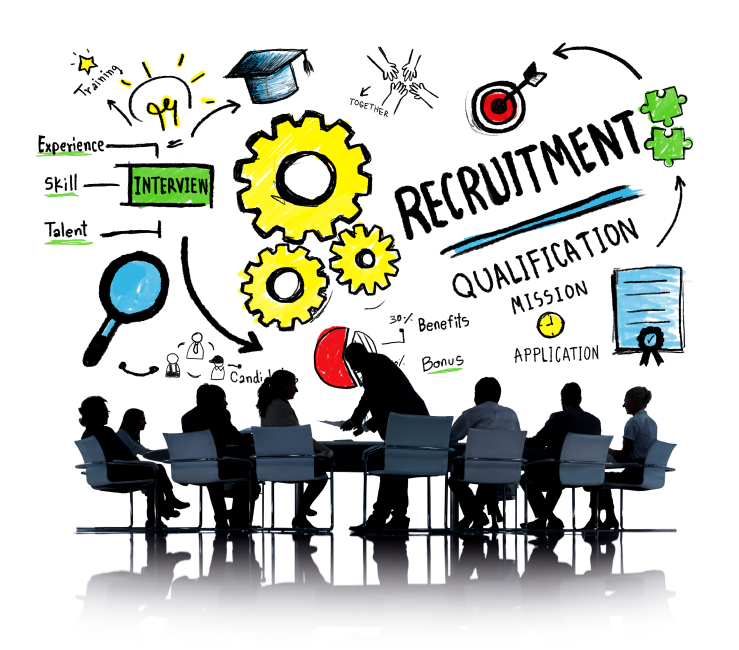In today’s fast-paced business world, time is everything. Companies are constantly looking for ways to work smarter, not harder, and staffing is no exception. That’s where the one-stop staffing approach comes in. Instead of juggling multiple agencies or spending endless hours finding the right people, a one-stop staffing solution puts everything you need in one place, from hiring and training to managing and retaining talent.
Here’s how this approach saves you time and boosts efficiency:
- You get everything in one place
Imagine needing different types of workers, such as administrative staff, customer service representatives, or technical experts, and having to contact separate agencies for each. That’s a lot of calls, emails, and paperwork. With a one-stop staffing provider, you only deal with one team that handles all your staffing needs. It simplifies communication, reduces confusion, and saves valuable hours that could be spent growing your business. - Faster hiring, less downtime
Every business knows how stressful it can be to have open positions for an extended period. It slows down operations and puts pressure on your team. A one-stop staffing agency already has a pool of qualified, pre-screened candidates ready to work. That means you can fill roles faster, avoid downtime, and keep projects running smoothly. - Consistent quality and performance
When you use multiple staffing sources, quality can vary across different standards, different processes, and different results. A single staffing partner ensures consistency. They understand your company culture, job requirements, and performance expectations. Over time, they become an extension of your HR team, delivering staff that match your exact needs. - Streamlined communication
Dealing with several vendors can be messy — especially when issues arise. A one-stop staffing approach gives you one point of contact for everything: hiring updates, performance feedback, scheduling, and replacements. This clear communication line eliminates delays and confusion, making your workforce management smoother and more efficient. - Cost savings over time
When processes are efficient, you naturally save money. Partnering with one staffing provider reduces administrative costs, time spent on recruitment, and the likelihood of bad hires. Plus, you build a long-term relationship with a team that truly understands your business, which often leads to better pricing and tailored service.
Final thoughts
A one-stop staffing approach isn’t just convenient — it’s smart business. It gives you time to focus on what truly matters: growing your company, improving productivity, and achieving your goals. By trusting a single, reliable staffing partner, you gain a faster, simpler, and more efficient way to build a strong workforce without the stress.




